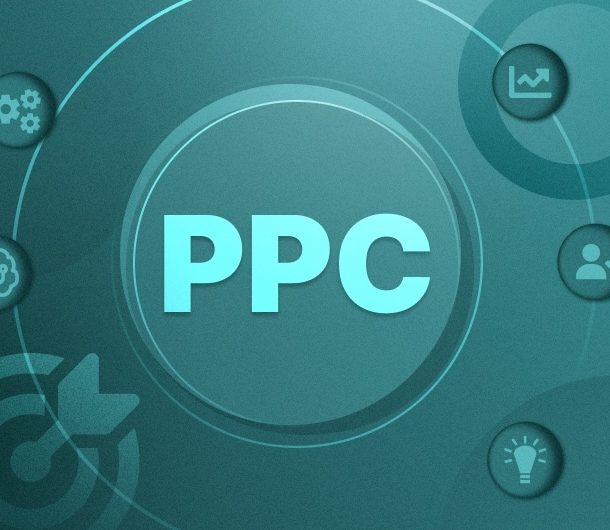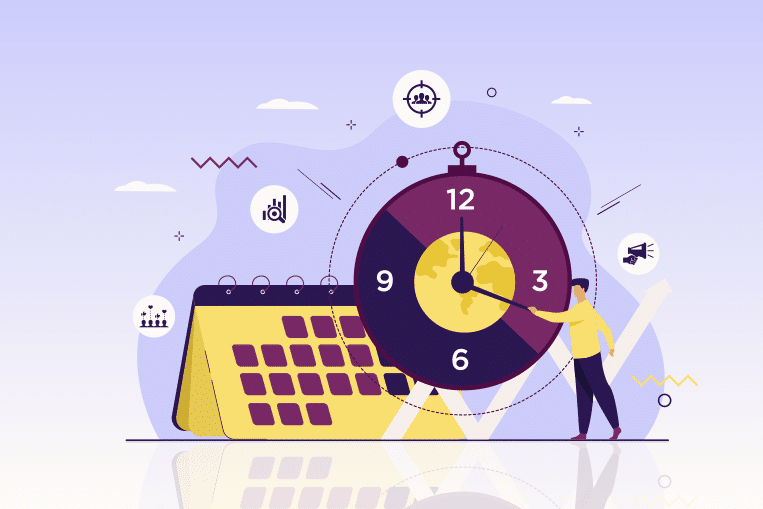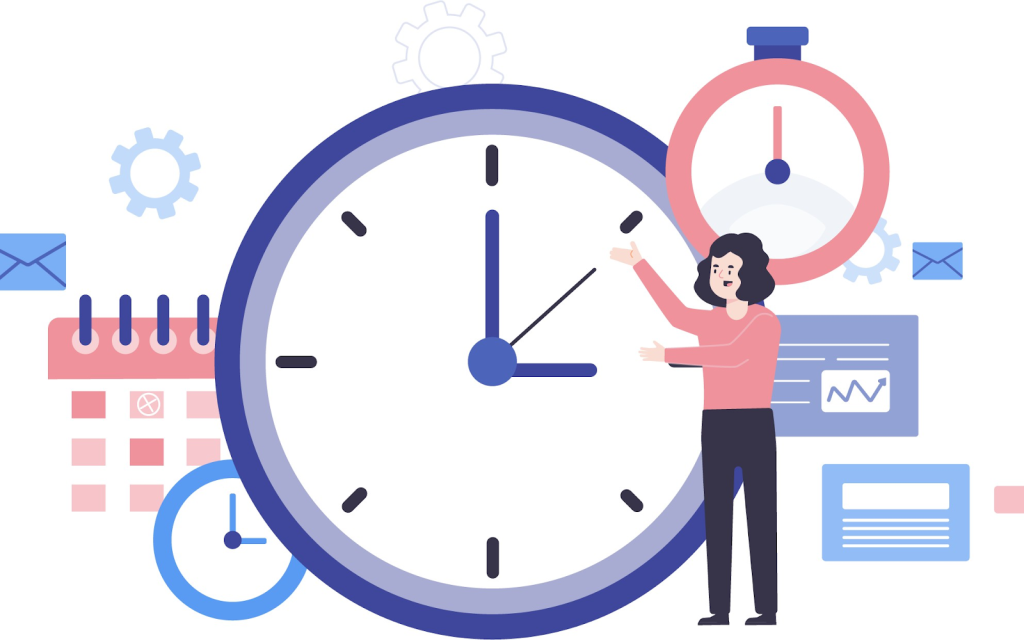
Using Dayparting Strategies to Improve Ad Efficiency
When it comes to Amazon PPC, every click matters — but not every hour does. Dayparting is the practice of running ads during specific time windows when customers are most likely to convert. Instead of spreading your budget evenly across the day (and wasting spend during low-intent periods), dayparting concentrates bids when your audience is actively searching and ready to purchase. For brands managing tight margins or competitive categories, this strategy significantly improves ad efficiency, ROAS, and overall profitability.

Why Dayparting Matters for Amazon Advertisers
Customer behavior on Amazon follows predictable patterns. Some shoppers browse casually in the morning, but purchase later in the evening. Others convert heavily on weekends rather than weekdays. Work hours, daily routines, and regional time differences all influence buyer intent. Dayparting aligns spend with these “buying moments,” ensuring your campaigns work smarter, not harder.
This approach becomes especially valuable when paired with performance data that highlights peak hours, click-to-cart windows, and conversion timing trends. Understanding when shoppers lean into action — not just when they browse — gives you a competitive edge.
How to Build a Dayparting Strategy
1. Identify High-Converting Hours
Start by reviewing hourly performance reports. Focus on:
Timeframes with strong conversions and efficient ACOS
Hours with high clicks but weak purchase behavior
Noticeable spikes in evening or weekend conversions
Patterns often reveal themselves quickly once campaign pacing is viewed through a time-of-day lens.

2. Reduce Bids During Low-Value Windows
Instead of shutting ads off entirely, reduce bids during low-intent hours. This preserves campaign history and ranking consistency while trimming unnecessary spend. Fully pausing campaigns can break bidding momentum, especially when Amazon’s algorithm is still evaluating relevancy and rank contribution.
3. Concentrate Spend During Peak Activity
Allocate more budget to the windows when your audience is actively buying. High-intent hours typically include evenings, late nights, and weekends — especially for lifestyle, wellness, personal care, giftable, and impulse-purchase categories. By capturing intent at its highest point, your dollars go further and CPC efficiency improves.
Advanced Tactics: Time Zones, Audience Behavior & Product Maturity
If you sell nationally, pay attention to regional demand. A campaign that spends early in the day may be exhausting budget on East Coast shoppers while missing peak West Coast conversions. Align pacing so your ads remain competitive late in the day in Pacific Time, which often represents some of the strongest purchase windows.
Dayparting also evolves over a product’s lifecycle. A newly launched ASIN may need wider coverage to accelerate ranking, while a mature listing can run a tighter, more controlled window once its audience pattern stabilizes.
When Dayparting Delivers the Strongest ROI
Dayparting is especially effective for products that:
Compete in high-CPC categories
Show different weekday vs. weekend performance
Have clear peak buying windows
Rely on profitability and not just top-line sales growth
Benefit from margin protection

The Bottom Line
Dayparting is more than a cost-saving tool — it’s strategic timing intelligence. By delivering ads when shoppers are most likely to take action, you redirect budget toward high-performance windows and eliminate unseen waste. When paired with ranking strategy, keyword refinement, and audience behavior insights, dayparting becomes one of the highest-leverage PPC optimizations available to Amazon sellers today.














